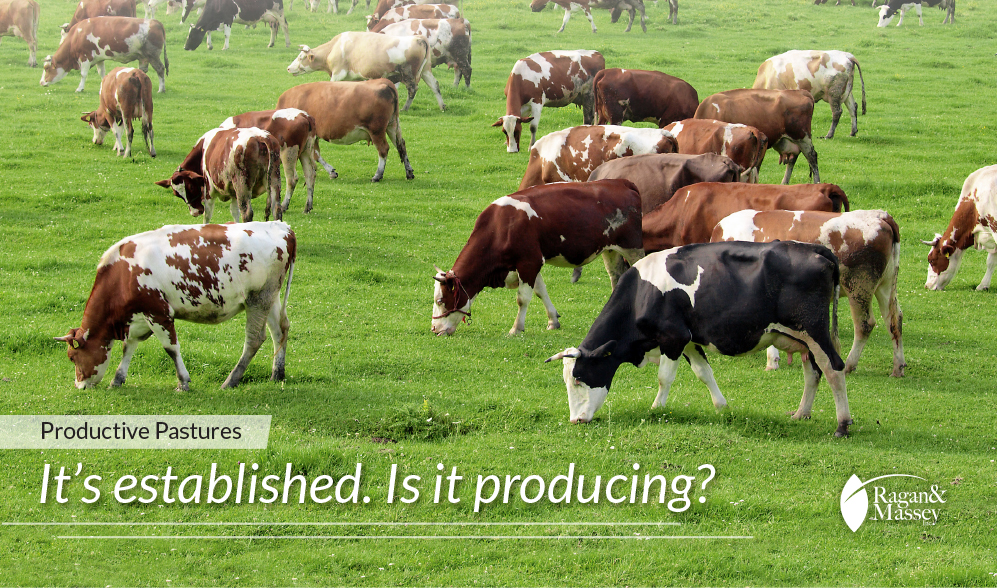
How to evaluate the nutritional value of your pasture
Healthy, productive pastures can improve livestock gains and reduce feed costs. But growing pasture in the South and Southeast brings special challenges because growers must consider forage grass varieties, soil type, soil pH, fertility, weed and pest control, and water availability. Today, we’ll discuss how to evaluate the nutritional value of your pasture.
Evaluate the nutritional value of your pasture, and your animals will reap the benefits
The primary purpose of raising quality pasture is to sustain healthy, growing or lactating animals. So how do you evaluate the nutritional value of your pasture?
Generally, an analysis will determine protein and energy content. Proteins plus energy are the most important nutrients for livestock. These nutrients support rumen microbes that consequently digest forage. True proteins contain 60 to 80 percent of the total plant nitrogen (N), with soluble protein and a small portion of fiber-bound N carrying the remainder. Values of forage protein concentrations vary considerably depending upon species, soil fertility and plant maturity. Some examples are as follows: alfalfa, 18–25 percent; corn leaves, 6–14 percent; and coastal Bermudagrass leaves, 4–18 percent.

As an indicator of concentration of available energy, TDN (total digestible nutrition) is calculated as the sum of digestible protein, digestible crude fiber, digestible nitrogen-free extract, and 2.25 times the digestible fat. TDN has been in use for many years and remains an easily understood and acceptable measure of nutritive value.

Forage nutrients vary with maturity and plant variety; the older the forage, the lower the TDN value. Values of TDN vary with forage species: alfalfa (60–70 percent) > cool-season grasses/clovers (55–68 percent) > warm-season grasses (45–65 percent). Some examples of TDN for particular forages are bahiagrass, 55–60 percent (at 28–30 days old); Bermudagrass, 55–65 percent (at 28–30 days old); and pearl millet, 70 percent.
More details on forage variety nutrition can be found from your university extension or resources such as the University of Florida and University of Georgia.
Plan and budget for success
Establishing a new pasture requires significant investment in land preparation, fertility, weed control and forage seed. Doing it right the first time can save money and produce forage as soon as possible. Forage budgets for weed control, fertility and forage seed are available from the University of Florida and farm input retailers such as Ragan & Massey.
Read previous installments of Productive Pastures
https://raganandmassey.com/2016/07/08/choices-make-healthy-vigorous-forage/
https://raganandmassey.com/2016/06/09/know-obstacles-establishing-pasture/
https://raganandmassey.com/2016/05/10/determining-soil-fertility-first-step-productive-pasture/
https://raganandmassey.com/2016/09/14/irrigation-rotation-keys-favorable-forage/
Follow Ragan & Massey!
Be sure to follow Ragan & Massey on Facebook and Twitter for daily updates, and check back here every week for more in-depth expertise, advice and product updates.